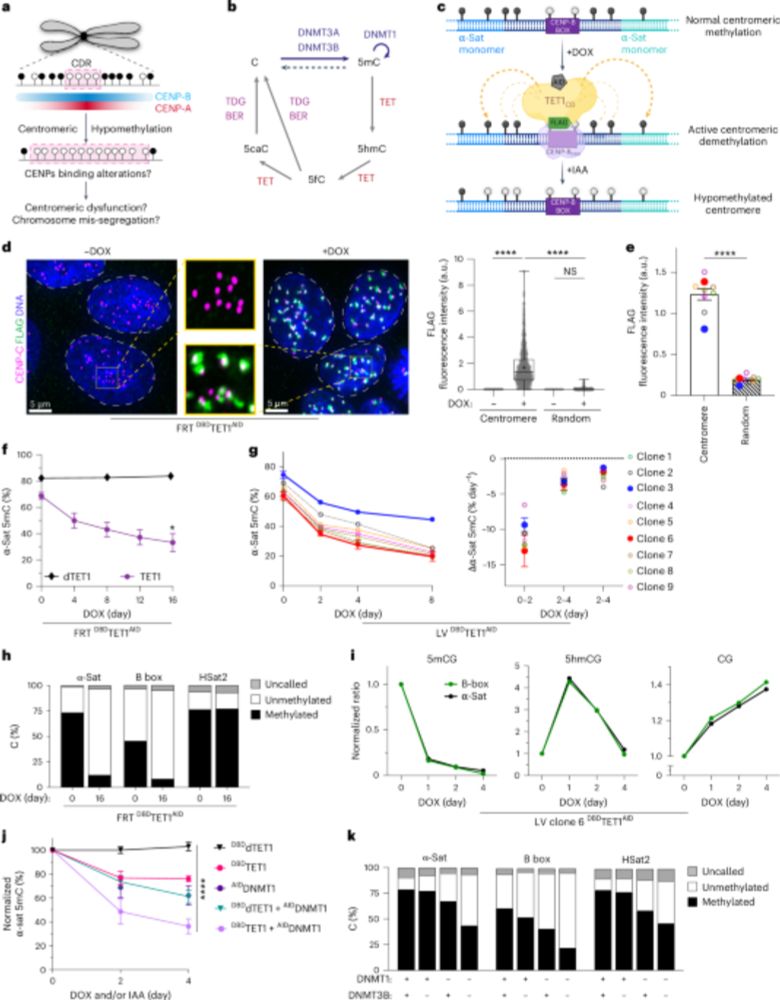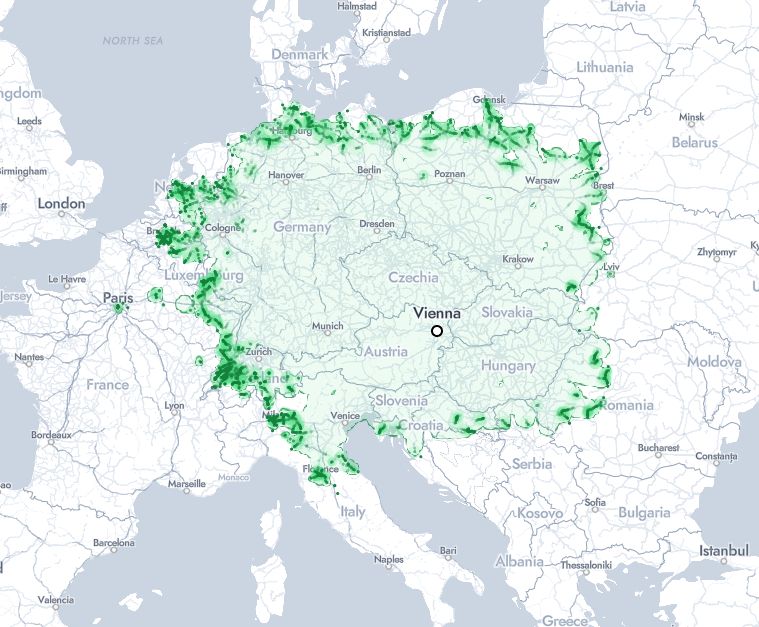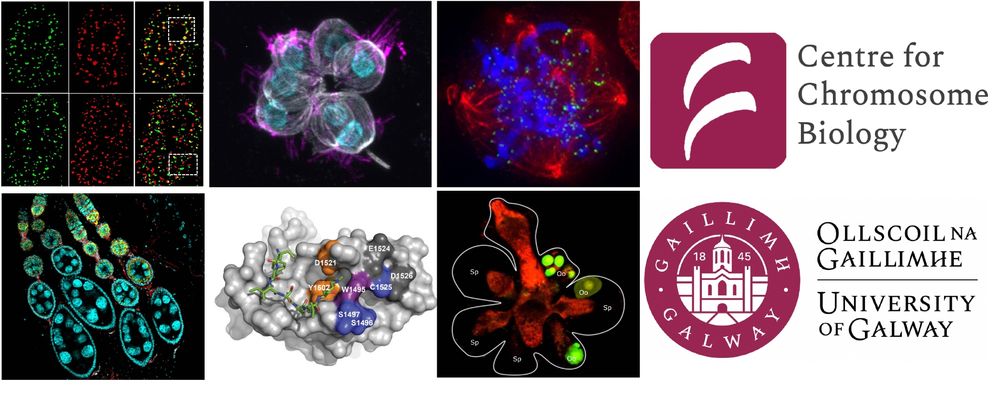Christopher Douse
@chdouse.bsky.social
94 followers
110 following
15 posts
Scientist (chromatin, epigenetics, repetitive elements, brain development).
British male human living in Sweden.
Views are my own.
Posts
Media
Videos
Starter Packs
Reposted by Christopher Douse
Reposted by Christopher Douse
Johan Jakobsson
@jakobssonlab.bsky.social
· Aug 23
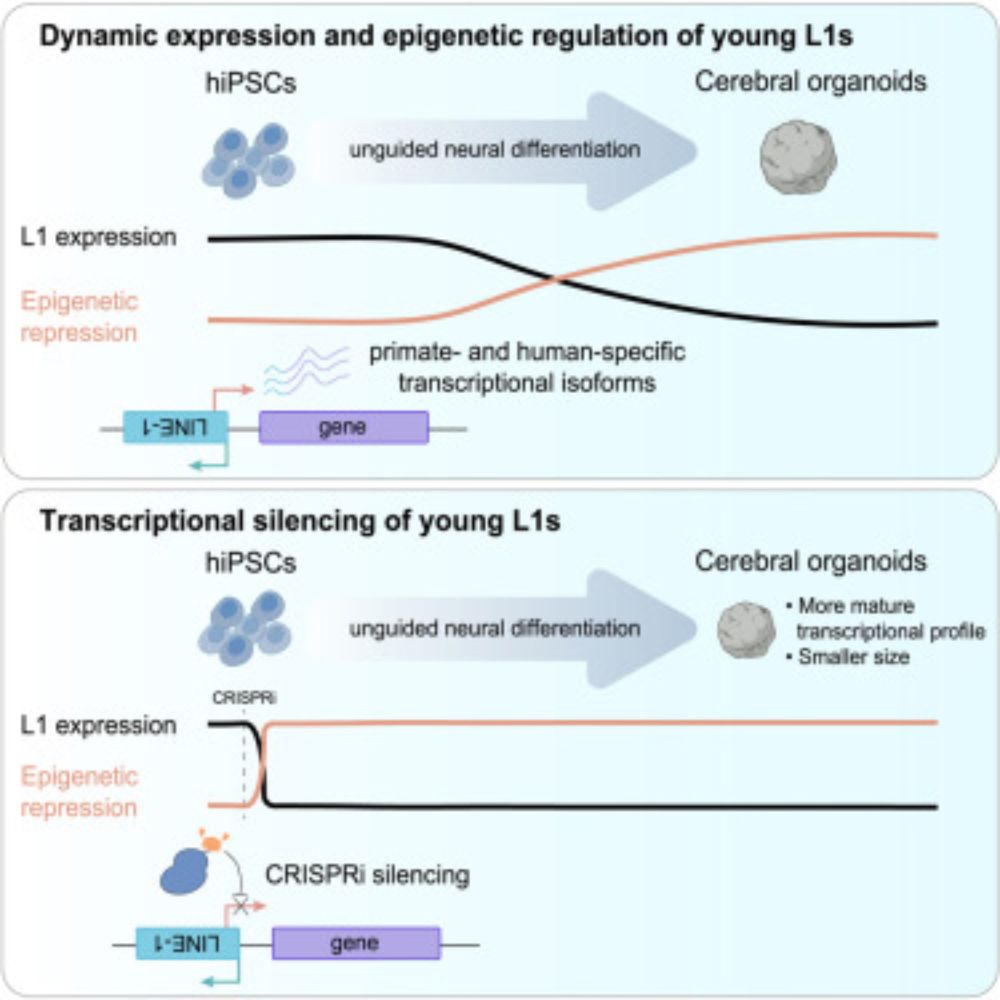
LINE-1 retrotransposons mediate cis-acting transcriptional control in human pluripotent stem cells and regulate early brain development
Adami et al. demonstrate that evolutionarily young L1s are expressed in human pluripotent
stem cells and are dynamically regulated throughout neural differentiation. The study
examines the role of L1s...
www.cell.com
Reposted by Christopher Douse
Reposted by Christopher Douse
Reposted by Christopher Douse
Rebecca Berrens
@rberrens.bsky.social
· Jul 16
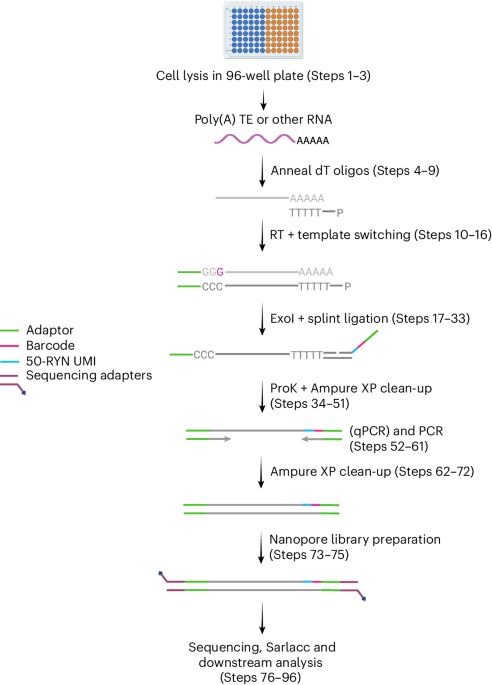
Long-read RNA sequencing of transposable elements from single cells using CELLO-seq - Nature Protocols
Single-cell long-read RNA sequencing enables the high-fidelity mapping of single-cell expression data from highly sequence-similar transposable elements to unique genomic loci by correcting errors fro...
doi.org
Reposted by Christopher Douse
Raquel Fueyo
@fueyoraquel.bsky.social
· Jul 16
Reposted by Christopher Douse
Reposted by Christopher Douse
Juliane Glaser
@julianeg.bsky.social
· Jul 9
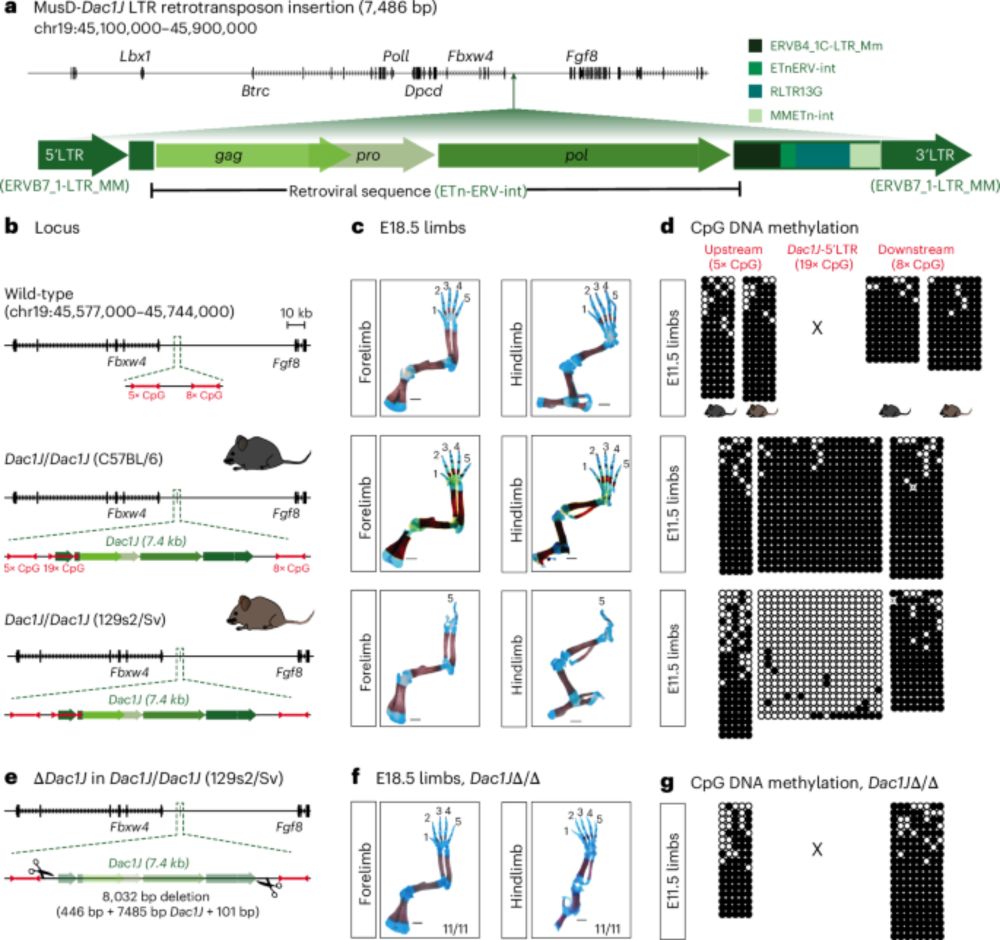
Enhancer adoption by an LTR retrotransposon generates viral-like particles, causing developmental limb phenotypes - Nature Genetics
Activation of an LTR retrotransposon inserted upstream of the Fgf8 gene produces viral-like particles in the mouse developing limb, triggering apoptosis and causing limb malformation. This phenotype c...
www.nature.com
Reposted by Christopher Douse
Tugce Aktas
@aktast.bsky.social
· Jun 30
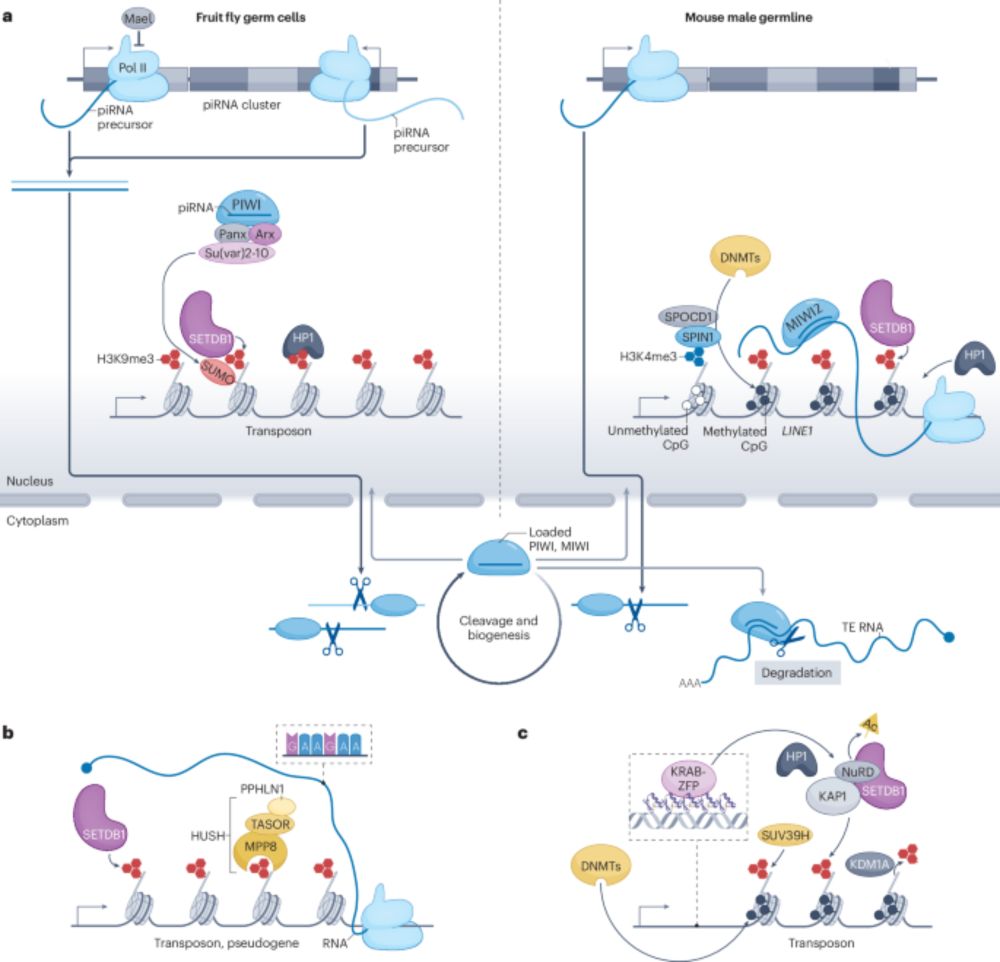
Transcriptional and post-transcriptional regulation of transposable elements and their roles in development and disease - Nature Reviews Molecular Cell Biology
Transposable elements (TEs) comprise nearly half of the human genome. This Review discusses transcriptional and post-transcriptional mechanisms that repress TE activity, how TEs escape this suppressio...
www.nature.com
Reposted by Christopher Douse
Reposted by Christopher Douse
Christopher Douse
@chdouse.bsky.social
· Jun 15
Reposted by Christopher Douse
Nature Genetics
@natgenet.nature.com
· May 30
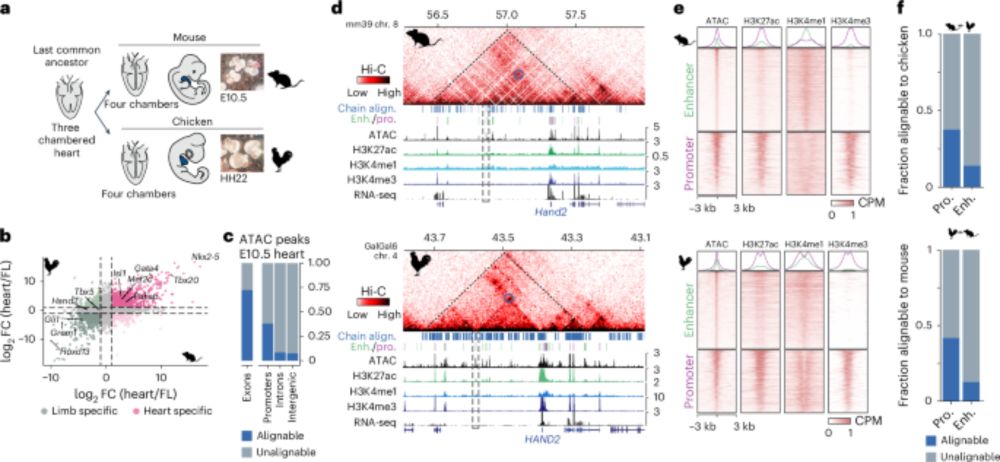
Conservation of regulatory elements with highly diverged sequences across large evolutionary distances - Nature Genetics
Combining functional genomic data from mouse and chicken with a synteny-based strategy identifies positionally conserved cis-regulatory elements in the absence of direct sequence conservation.
www.nature.com

